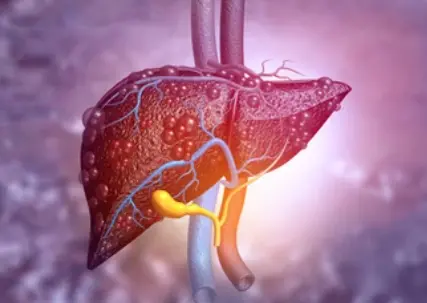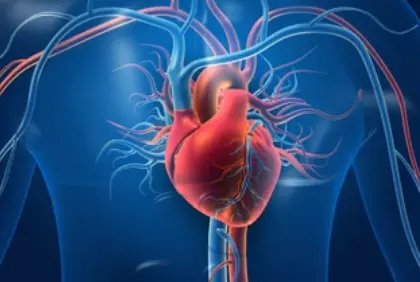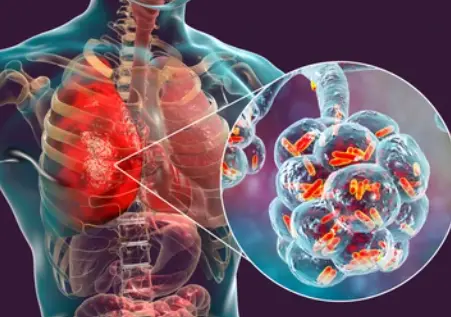 Welcome
Welcome
“May all be happy, may all be healed, may all be at peace and may no one ever suffer."
In-vitro fertilization - Generics
In-vitro fertilization (IVF) is a fertility treatment that involves fertilizing an egg outside the body in a laboratory and then transferring the resulting embryo(s) into the uterus. It is used to help individuals and couples who have been unable to conceive naturally or through other fertility treatments.
The IVF process typically involves several steps, including ovarian stimulation, egg retrieval, fertilization in the laboratory, embryo culture, and embryo transfer. Ovarian stimulation is achieved by using hormones to stimulate the ovaries to produce multiple eggs, which are then retrieved through a minor surgical procedure.
The retrieved eggs are then fertilized with sperm in the laboratory, either through traditional IVF or intracytoplasmic sperm injection (ICSI), a process in which a single sperm is injected directly into the egg. The resulting embryos are cultured in the laboratory for several days, during which time they are closely monitored for development.
Finally, one or more embryos are transferred into the uterus, with the hope that at least one will implant and result in a successful pregnancy. Any remaining embryos can be frozen for future use.
IVF is a complex and costly fertility treatment that requires careful consideration and discussion with a healthcare provider. It may not be suitable for everyone, and success rates can vary depending on several factors, including age, underlying fertility issues, and the quality of the embryos. However, IVF has helped many couples achieve their dream of having a child and continues to be a valuable option for those struggling with infertility.

Jaundice

Hemophilia A

Ingrown toenails

Myocardial infarction

Herpes simplex

Pneumonia

Alcohol withdrawal syndro...

Colonopathies
In vitro fertilization, ইন ভিট্রো নিষেক
To be happy, beautiful, healthy, wealthy, hale and long-lived stay with DM3S.